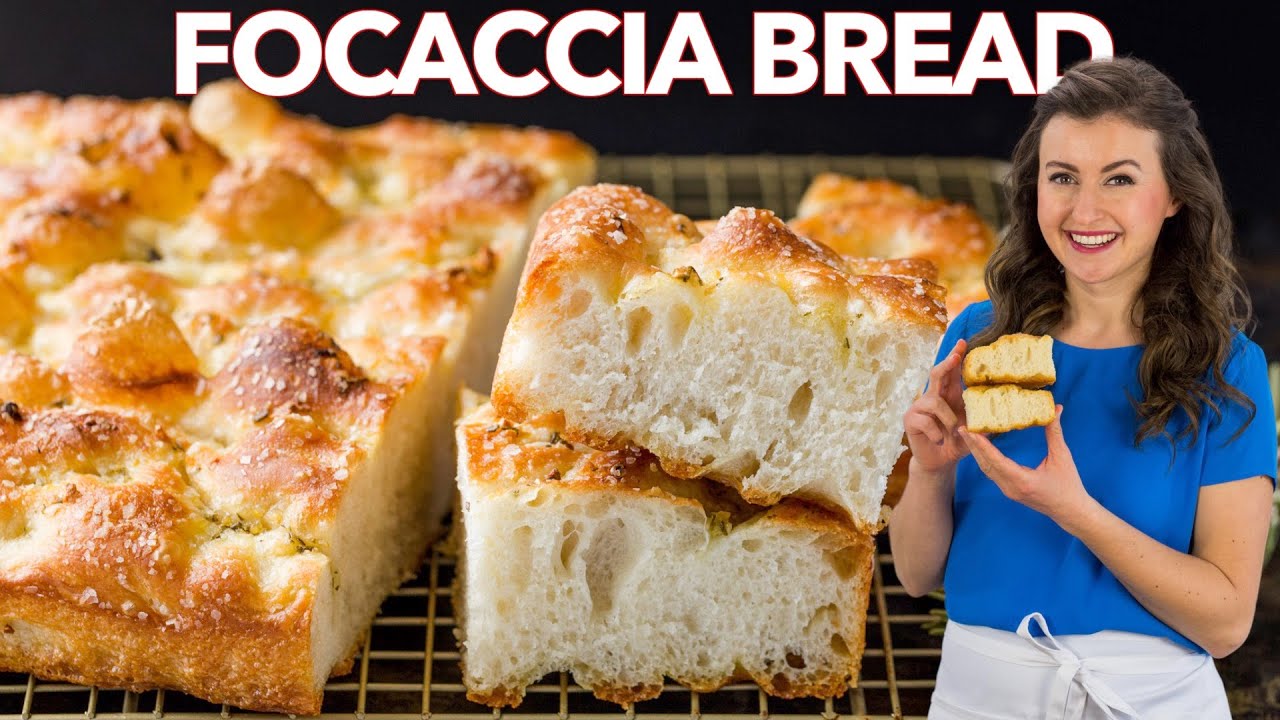Handmade Deli Rye Bread Rolls | Perfectly Soft and Fluffy Rye Bun Recipe
Summary
TLDRIn this video, the creator demonstrates how to make soft, flavorful Deli Rye Bread Rolls, a variation of their classic Deli Rye Bread Loaf. The process involves using a pre-ferment to enhance flavor and freshness, and the rolls are made with a mix of rye and strong white bread flour. Detailed instructions cover kneading, fermenting, shaping, and baking, with tips for achieving the perfect texture. The video concludes with a recipe for making a delicious Reuben sandwich using the rolls, highlighting the versatility of this homemade bread.
Takeaways
- 😀 The recipe is for deli rye bread rolls, which are similar to a previous rye bread loaf recipe, but made into individual rolls for added convenience and texture.
- 😀 Rye flour in the dough gives the rolls a light and airy texture, making them soft and perfect for sandwiches.
- 😀 The use of a pre-ferment (fermented dough) enhances the flavor, keeps the rolls fresh longer, and helps achieve a crispy crust.
- 😀 Caraway seeds are included inside the dough for flavor, and are also used to top the rolls before baking.
- 😀 The dough is kneaded by hand, and while it can be sticky, using a dough scraper and lightly wet hands can help manage the dough effectively.
- 😀 The recipe emphasizes the importance of fermentation and dough temperature, with specific instructions for folding and equalizing dough temperature during proofing.
- 😀 After the first fermentation, the dough is divided into equal portions, pre-shaped into tight balls, and left to rest for further fermentation.
- 😀 Final shaping involves flattening each dough ball, folding the edges over, rolling them tightly, and pinching the seams together.
- 😀 The rolls undergo a final proofing, where they should nearly double in size before being brushed with an egg wash and topped with caraway seeds.
- 😀 Baking time is around 20-25 minutes at 160°C (320°F), with an option to turn the tray halfway through for even browning.
Q & A
Why is rye flour used in the dough for the rolls?
-Rye flour is used because it makes the dough light and loose, contributing to a soft texture. It also enhances the flavor and helps the bread stay fresh longer.
What is the role of the pre-ferment in this recipe?
-The pre-ferment, which includes rye flour, yeast, and water, adds extra flavor to the bread and improves its texture. It also helps the bread stay fresh for a longer period.
How does a preference (pre-ferment) impact the final bread texture?
-A pre-ferment enhances the bread's texture by creating a more sturdy crumb and a crispier crust due to the longer fermentation and acidity.
Can all types of bread benefit from a pre-ferment?
-Not all bread benefits from a pre-ferment, but most yeasted breads can be made with one to improve flavor and texture.
What is the purpose of folding the dough during the fermentation process?
-Folding the dough during fermentation helps equalize the dough's temperature, strengthen the gluten, and create a tighter, more structured dough that rises upwards.
Why is the dough sticky after adding the pre-ferment?
-The dough becomes sticky because rye flour doesn't develop gluten as well as wheat flour, making it more challenging to handle. This stickiness is normal and can be managed with a dough scraper or by wetting your hands.
What temperature should the dough be when it's ready for proofing?
-The dough should be around 24 to 25 degrees Celsius (73-77°F) after kneading and folding, which is ideal for the final fermentation.
How do you know when the dough is ready for baking?
-The dough is ready for baking when it has doubled in size during the final fermentation and appears puffy and airy.
What is the significance of brushing the rolls with an egg wash?
-Brushing the rolls with an egg wash gives them a golden, glossy finish and helps the caraway seeds stick to the surface. It's important to apply it gently to avoid tearing the dough.
Why do you need to preheat the oven to 160°C with a fan for this recipe?
-The oven needs to be preheated to 160°C with a fan to ensure an even bake. The fan helps distribute heat more evenly, ensuring that the rolls bake uniformly and develop a nice golden crust.
Outlines

Cette section est réservée aux utilisateurs payants. Améliorez votre compte pour accéder à cette section.
Améliorer maintenantMindmap

Cette section est réservée aux utilisateurs payants. Améliorez votre compte pour accéder à cette section.
Améliorer maintenantKeywords

Cette section est réservée aux utilisateurs payants. Améliorez votre compte pour accéder à cette section.
Améliorer maintenantHighlights

Cette section est réservée aux utilisateurs payants. Améliorez votre compte pour accéder à cette section.
Améliorer maintenantTranscripts

Cette section est réservée aux utilisateurs payants. Améliorez votre compte pour accéder à cette section.
Améliorer maintenantVoir Plus de Vidéos Connexes

RESEP ROTI EMPUK METODE TANGZHONG

쫄깃.말랑.보들🍞 최고의 식빵 만들기 (단 한번 발효, 껍질까지 부드러운 비밀 레시피, 연유식빵, Loaf Bread, White Bread Recipe)

Baking the Classic French Bread Loaf You Love So Much

The Best Bread for Diabetes: I Finally Found It!

HOW TO MAKE SOFT and CRISPY FOCACCIA BREAD

Let's Make A Sandwich (1950) A Classic Educational Film
5.0 / 5 (0 votes)
